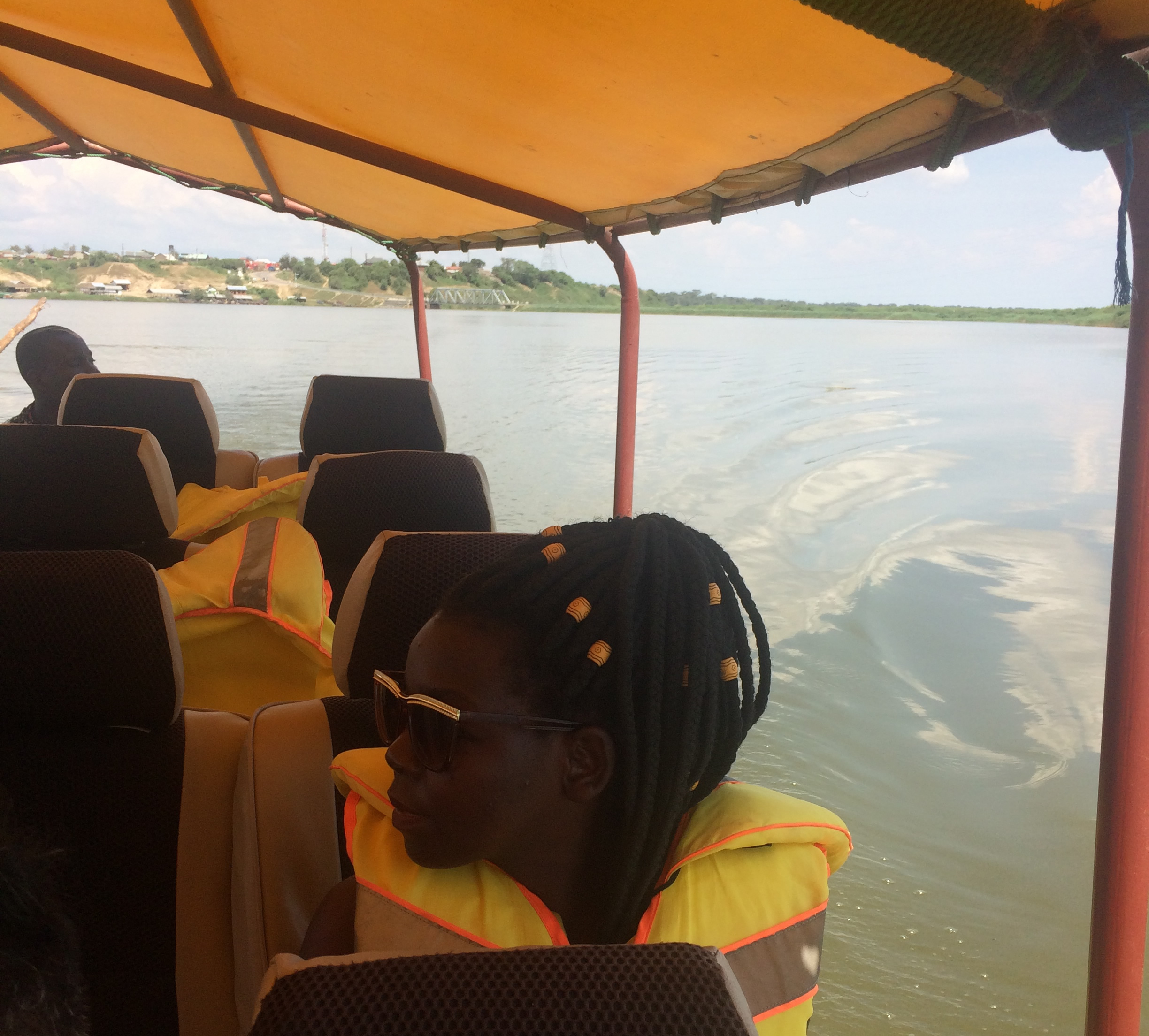The history of Lake Nakuru National Park is characterized by its prominence as a sanctuary for diverse wildlife, most notably the striking colonies of flamingos that grace the shores of Lake Nakuru. Regarded as one of Kenya’s premier game parks, Lake Nakuru National Park stands out as one of only three such parks in the country, attracting a significant number of visitors annually.
Renowned as a haven for bird enthusiasts, Lake Nakuru Park boasts a rich avian population, with over 400 species of birds calling the park home. Among these, the iconic flamingos hold a prominent place, residing both in the lake waters and the surrounding savannah grasslands. Noteworthy bird species include the African Fish Eagle, Slender-billed Greenbul, Long-tailed Widowbird, and many others. While Lake Nakuru National Park is celebrated for its avian diversity, it also serves as a prime destination for wildlife enthusiasts. The park is inhabited by a plethora of animal species, including over 100 endangered rhinos, comprising both black and white rhinoceros. Additionally, the park is home to the endangered Rothschild’s giraffe and hosts a variety of other wildlife such as buffalos, waterbucks, lions, and impalas, totaling more than 50 species in all.
Lake Nakuru National Park is renowned for its magnificent flamingo colonies residing on the shores of Lake Nakuru, making it one of Kenya’s premier game parks and a favored destination among visitors. Regarded as a haven for bird enthusiasts, the park is home to over 400 bird species, including the iconic flamingos, along with a diverse range of wildlife.
Initially declared a conservation area in 1957 to protect the birdlife and preserve Lake Nakuru, the park’s boundaries were expanded in 1968 to include the northern savannah lands, transforming it into a national park covering 188km². This expansion facilitated the introduction of various mammal species, enriching the park’s biodiversity. In a significant conservation effort, Lake Nakuru National Park became home to the rare and endangered Rothschild giraffes in 1977, following their relocation from western Kenya. This initiative underscored Kenya’s commitment to wildlife preservation. Subsequently, rhinos were introduced in the 1980s, leading to the park being designated as the first government-protected rhino sanctuary in Kenya in 1984
